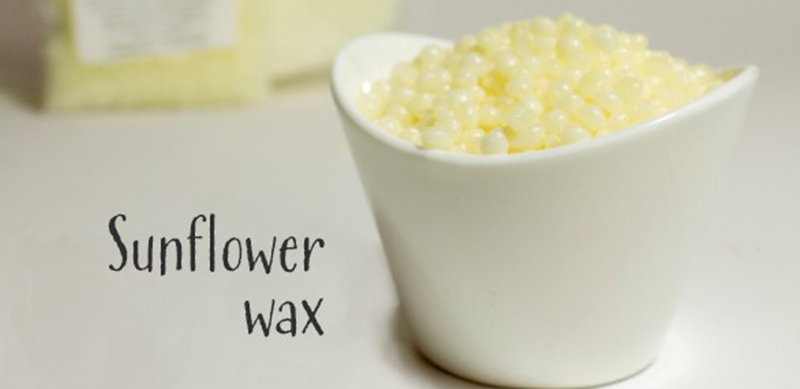Color Trouble Shoot #2: How to Adjust Colors
Adjusting a product's color as a last step in processing is not uncommon at all -- people in industry do it all the time. It's kind of the nature of the business.
The first step is to first figure out in what way a the color of your product is off. The big guys use computers and sensors for this and have very precise ways of measuring hue. We have to depend on our eyeballs and a good sense of color.
Here is what we do at TKB Trading, but it is not the only way to handle things.
Let's say we make a foundation which has a very simple recipe of: 10 grams titanium dioxide white, 20 grams sericite mica, 4 grams yellow oxide, 1 gram red oxide (this is just for discussion, please don't run out and make this foundation as I have no idea what it will look like).
The "Base" of this recipe is the titanium dioxide and the mica. The "Color" is the yellow and red.
We start by mixing together the base ingredients. Typically, we will mix more than what we need (in this case we'd mix twice the amount, 20 grams of white and 40 grams of mica). We measure out what we need (10 grams of white and 20 of mica) and set the extra aside in a zip lock bag.
Next Steps: we mix together the colors; we add the colors to the base ingredients; we compare the results with the original sample that we are trying to match. To compare, we may use any of the tests which I discussed in the Color Troubleshoot #1 post.
If we determine that the color is, say, too red, then clearly we need to add yellow. But to just add pure yellow oxide directly to the batch we are working on could be a disaster. Pigments are very intense and it is easy to add too much color.
Instead, we take some of the pre-made, set-aside Base and to it we add some yellow. For example, we might take 5 grams of base and add to it 2 grams yellow. The result is kind of a "color corrector" of yellow.
We then add small amounts of this "color corrector" yellow to our batch, little by little, keeping careful notes all the while.
I hope this gives you some ideas for how to make color adjustments on your own. If you come up with suggestions, feel free to share.
Be sure to visit our site at www.wholesalecolors.com (or www.tkbtrading.com).
The first step is to first figure out in what way a the color of your product is off. The big guys use computers and sensors for this and have very precise ways of measuring hue. We have to depend on our eyeballs and a good sense of color.
Here is what we do at TKB Trading, but it is not the only way to handle things.
Let's say we make a foundation which has a very simple recipe of: 10 grams titanium dioxide white, 20 grams sericite mica, 4 grams yellow oxide, 1 gram red oxide (this is just for discussion, please don't run out and make this foundation as I have no idea what it will look like).
The "Base" of this recipe is the titanium dioxide and the mica. The "Color" is the yellow and red.
We start by mixing together the base ingredients. Typically, we will mix more than what we need (in this case we'd mix twice the amount, 20 grams of white and 40 grams of mica). We measure out what we need (10 grams of white and 20 of mica) and set the extra aside in a zip lock bag.
Next Steps: we mix together the colors; we add the colors to the base ingredients; we compare the results with the original sample that we are trying to match. To compare, we may use any of the tests which I discussed in the Color Troubleshoot #1 post.
If we determine that the color is, say, too red, then clearly we need to add yellow. But to just add pure yellow oxide directly to the batch we are working on could be a disaster. Pigments are very intense and it is easy to add too much color.
Instead, we take some of the pre-made, set-aside Base and to it we add some yellow. For example, we might take 5 grams of base and add to it 2 grams yellow. The result is kind of a "color corrector" of yellow.
We then add small amounts of this "color corrector" yellow to our batch, little by little, keeping careful notes all the while.
I hope this gives you some ideas for how to make color adjustments on your own. If you come up with suggestions, feel free to share.
Be sure to visit our site at www.wholesalecolors.com (or www.tkbtrading.com).

Comments